About a month ago I started getting emails from my friend Charles, who works for the Journal of Palestine Studies. He started digging up old issues of an Arabic language sister journal Sha’un Falastiniya, with amazing covers. According to Charles, “Sha’un Falastiniya (Palestinian Affairs) was first released by the PLO’s academic department. in 1971—in Beirut—called the Palestine Research Center. It was edited for a while by the legendary Palestinian poet Mahmud Darwish, before it and its staff were eventually pushed into exile in Cyprus with the rest of the PLO, during the Israeli invasion of Lebanon in 1982. It finally stopped publishing in 1993 in Cyprus. It contained political, literary and academic articles, analysis, criticism, and book reviews.”
Although I only have these ten issues to draw from, the early issues have a similar vibe to some of the design work in the Cuban journal Tricontinental (produced by OSPAAAL, the solidarity organization well known for its poster design). They are diverse and open in color scheme, and use a lot of found imagery, mixing things that otherwise wouldn’t go together (for example, 18th or 19th century landscape etchings with photographs of Palestinian guerrillas!). At the same time the clean masthead and limited palette (most are duotone or tritone, not cmyk) combine with the classical print imagery to generate a very clean, efficient, and almost conservative design.
Issue #12, below left, has multiple images of Ghassan Kanafani (Palestinian author and leader of the PFLP) layered over a 19th century etching of Jerusalem. This cover is the most OSPAAAL-esque, with its push and pull between the past and present, color saturated images, and oblique reference to armed struggle. The cover next to it (Issue #13, 1972) is much simpler and cleaner, and the simple act of colorizing the etching makes the cover.
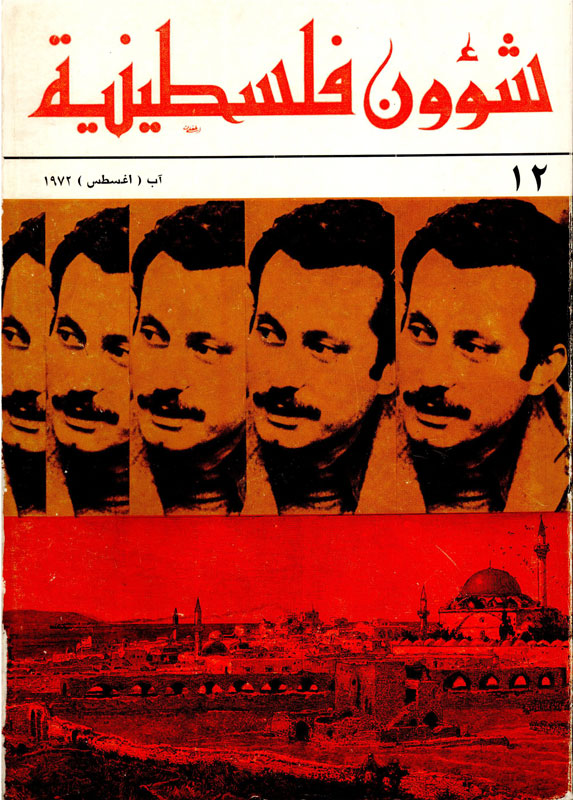
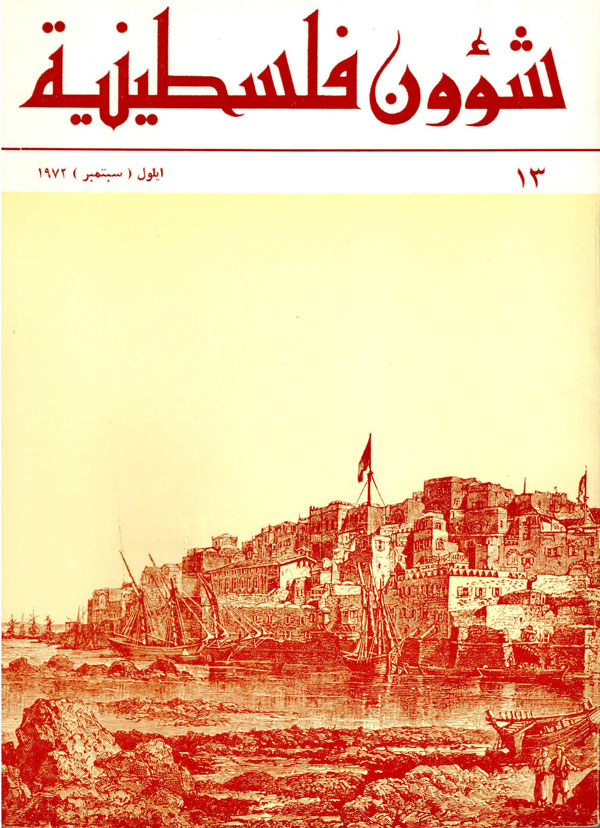
Issue #14 features a 1920s image of Jerusalem from the 1920’s, with a decoratively framed inset image of the above mentioned fedayee. The cover next to it is #25, from 1973, and is a grid of propaganda books which are celebratory of zionist terrorism, drawing a contrast and connection between the armed struggle of the PLO and the brutal tactics of the early zionists.
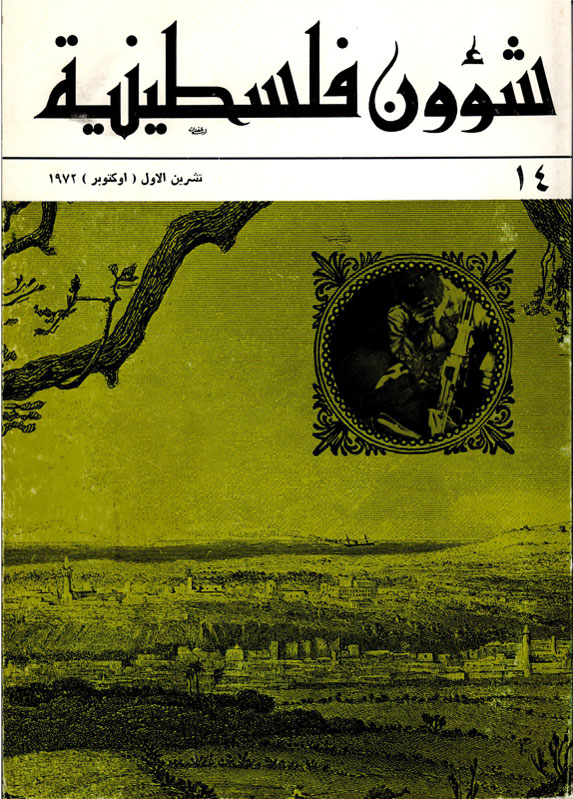
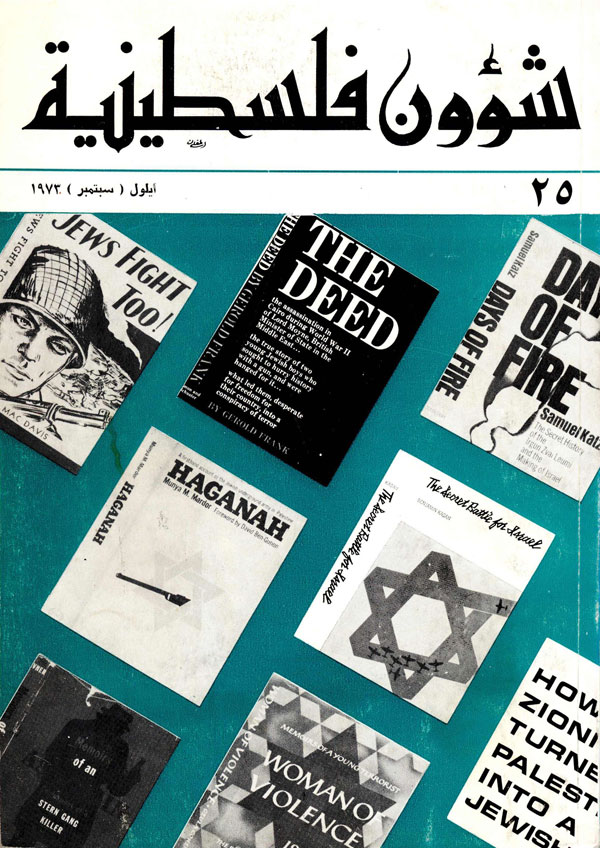
It appears as if a new designer took over between the early editions above, and the later ones below, from the mid-80s onward. Either that or the covers are just a sign of the changing aesthetic tastes of the times. These newer covers are much less designed, and instead are more illustrative, with a single painting making up the entire cover below the masthead. (Below are issues #176/177 form 1987, and #202 from 1990.)
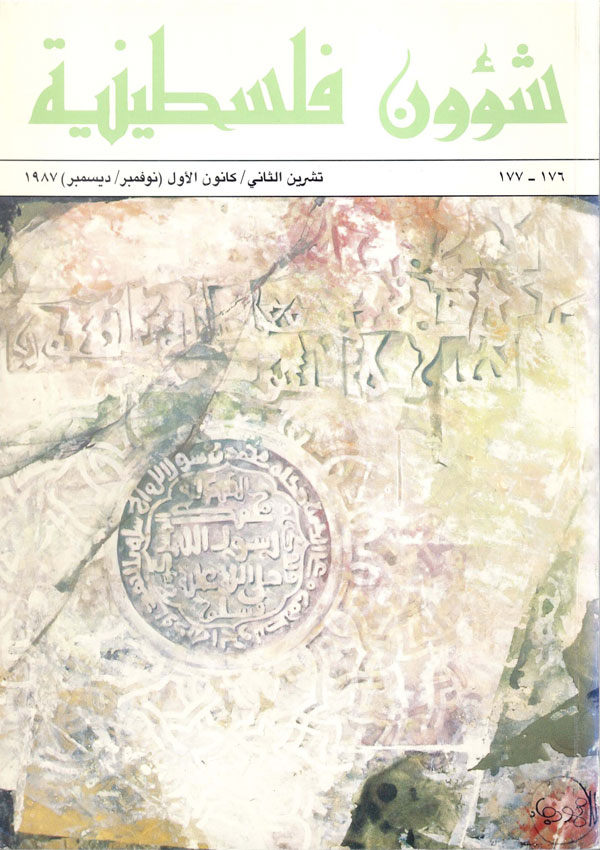
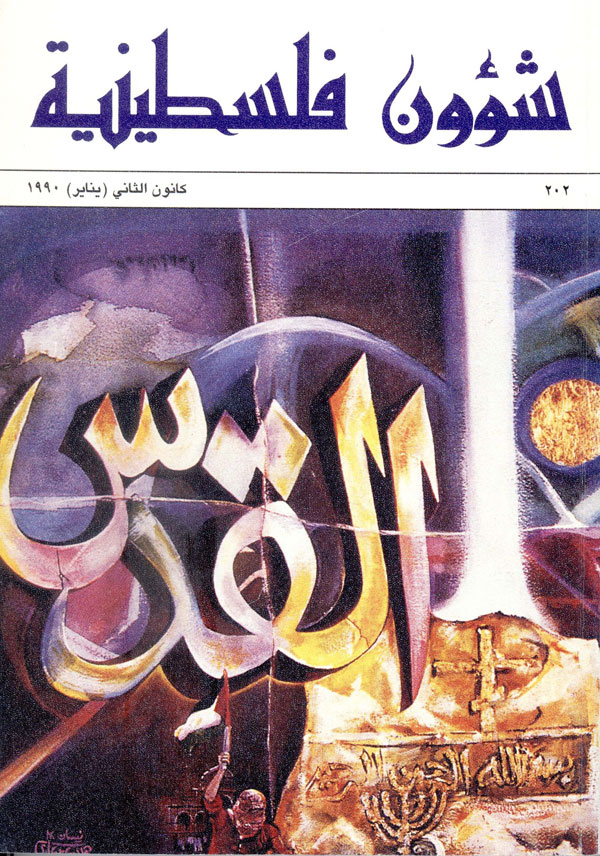
A painting of a statue-like central figure dominates the cover of Issue #209 (1990), below left, with a swirl of abstract, multi-colored text filling its core. Are the words the heart or soul of the person? Trying to escape through its mouth? Issue #215-216 (1991), below right, seems to be an exception to the painted covers, with a cover that appears to be derived from a tapestry, or patterned fabric. It’s pretty striking, and I wish I could read the text that appears to be embedded in it.
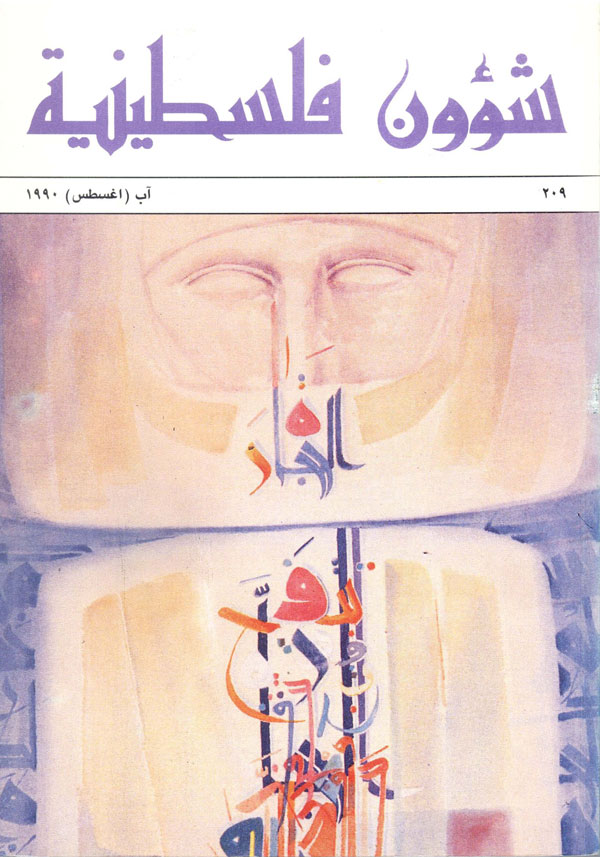
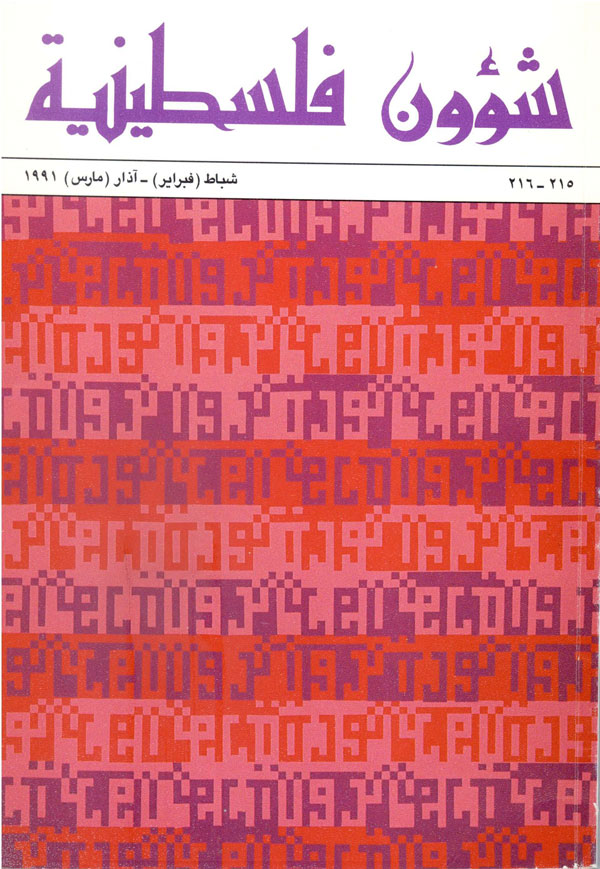
This last cover (issue #221-222, 1991) has the most representational of these later covers, with an expressive painting of a crowd in motion, women and children both facing off against and running from a phalanx of Israeli soldiers. Charlie also sent me a scan of the back cover, which gives some more contextual information for the magazine.
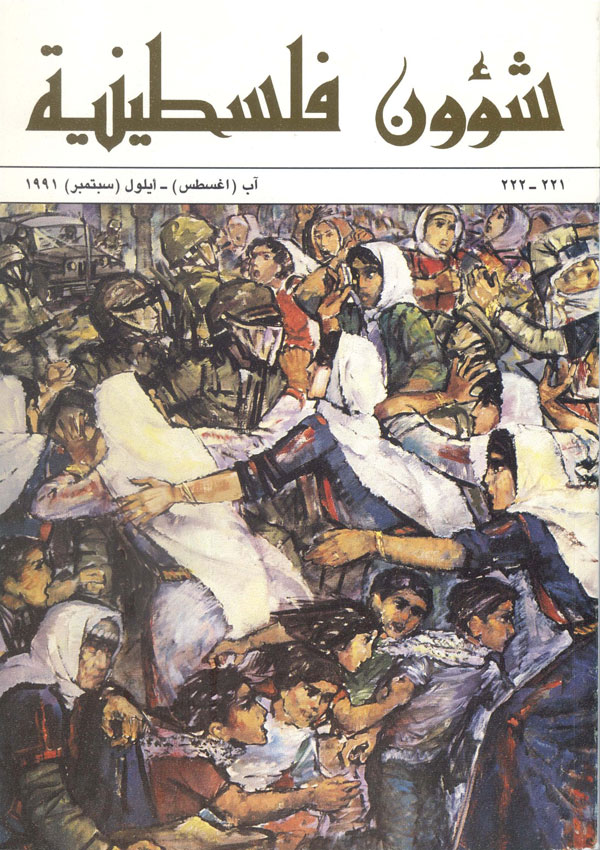
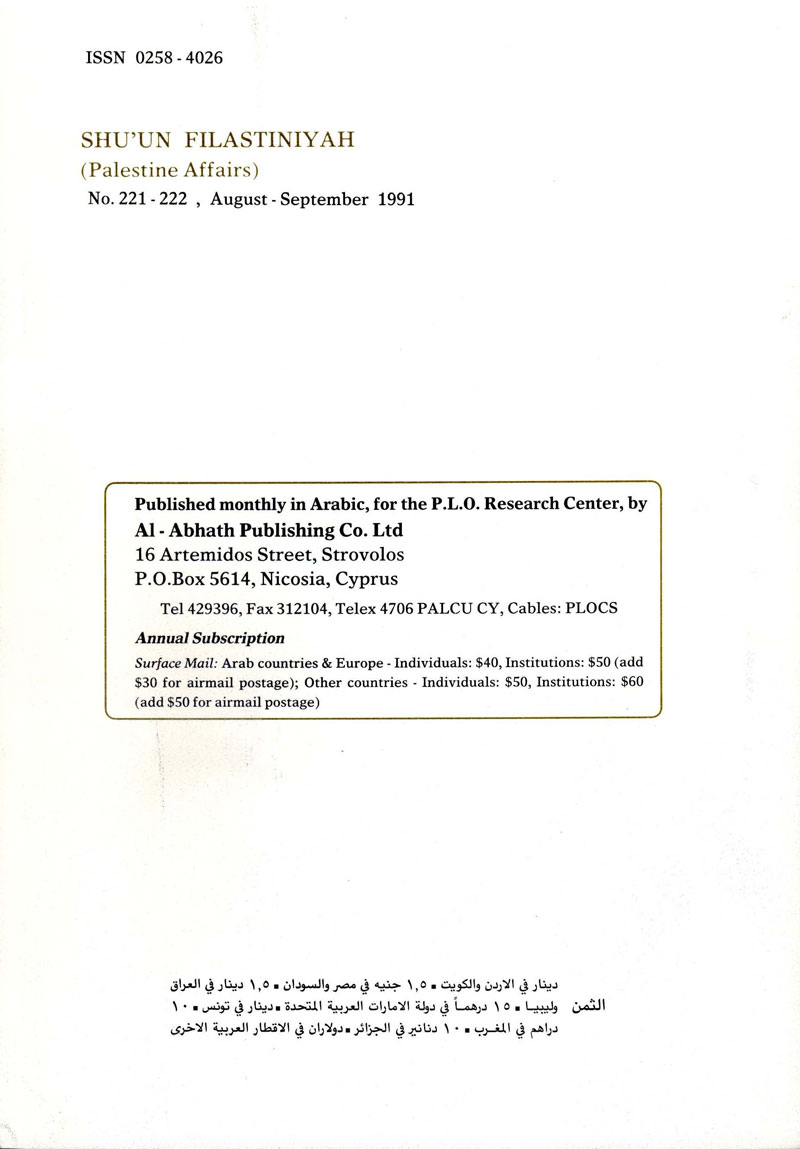
It was difficult to do further research on these covers, as the transliteration of the Arabic title into Sha’un Falastiniya isn’t exact, and appears spelled multiple different ways in different places. Without an Arabic keyboard, I wasn’t able to find any other covers or information about the magazine online. Partial collections of the publication are held in multiple libraries around the world (mostly in Germany it seems), but none of the libraries have any images of the journal.





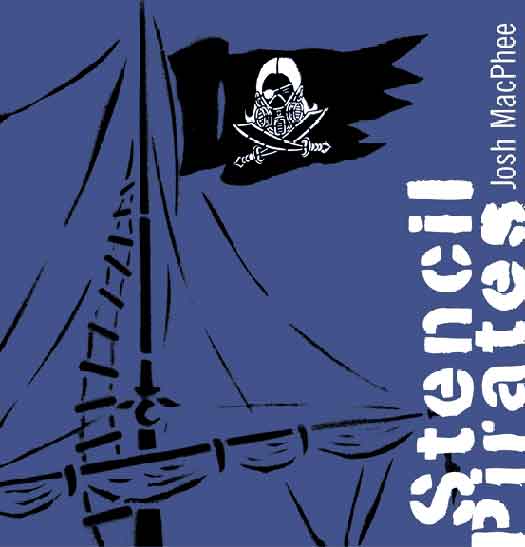
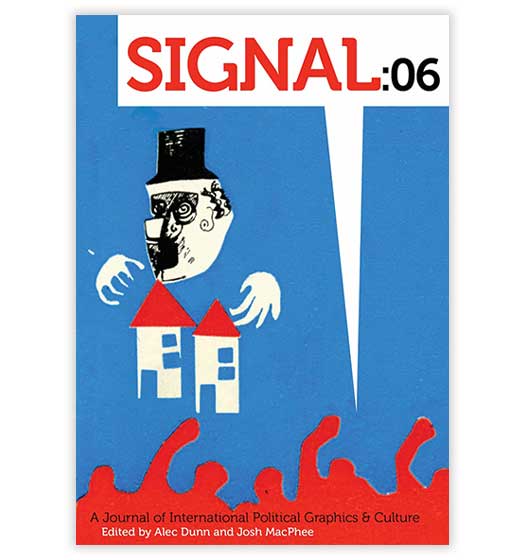
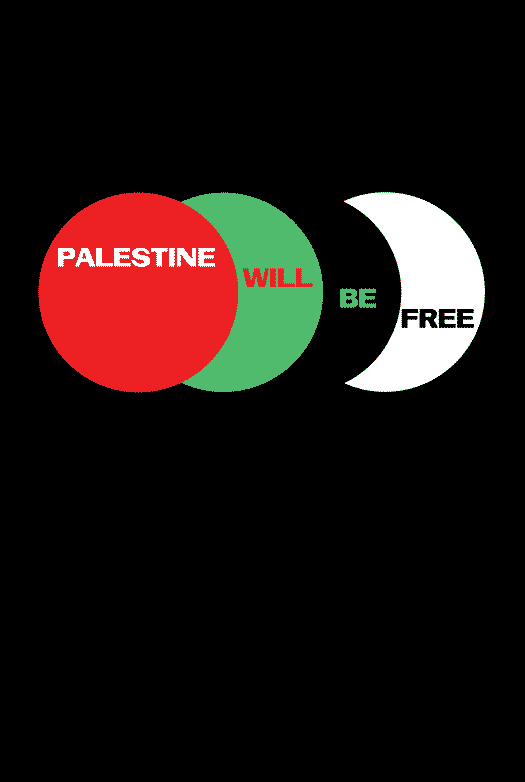
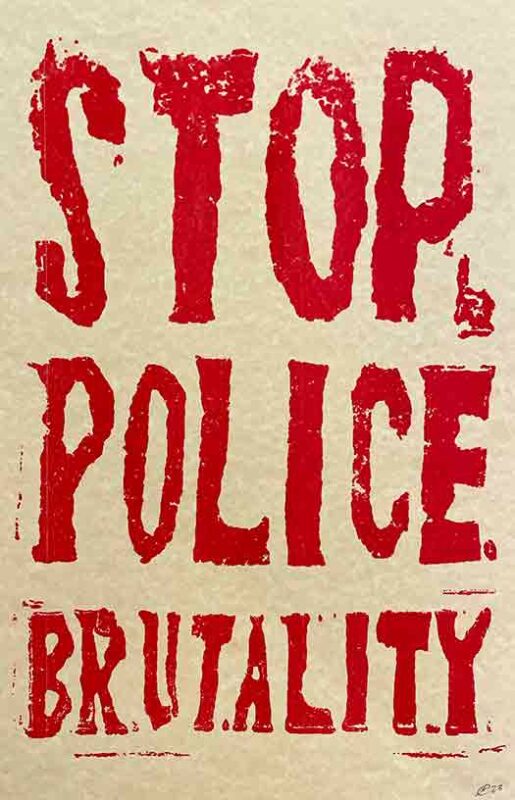
beautiful! thanks for sharing.
Those early ones are totally gorgeous.
I really like the masthead and etching layout.
And the changing color of the script, according
to the graphic, seems like an obvious choice,
and works so well.
The later ones are also well done, yet my graphic/printmaking tendencies want to see more of the earlier designer.
I believe that the writing on the issue 215-216 is saying “thawra” which in Arabic means revolution. The word is written then mirrored forming a pattern through out the page.